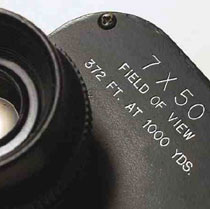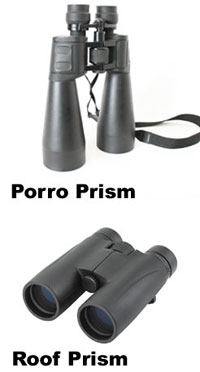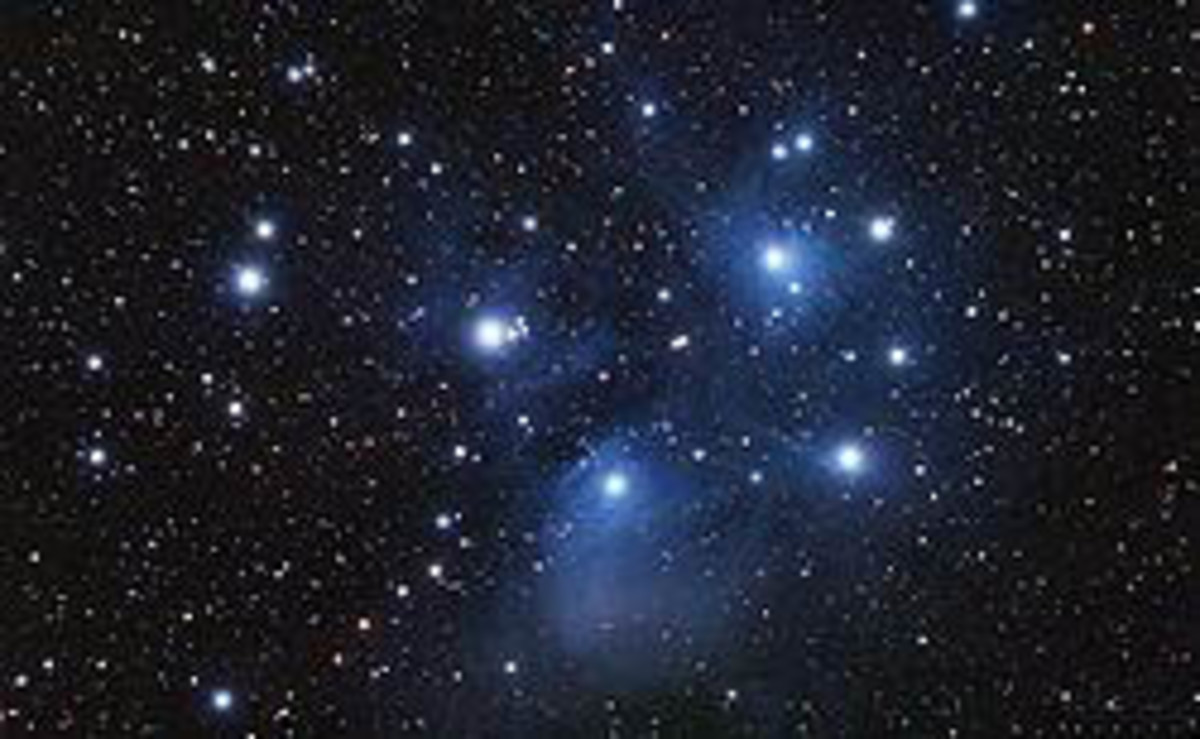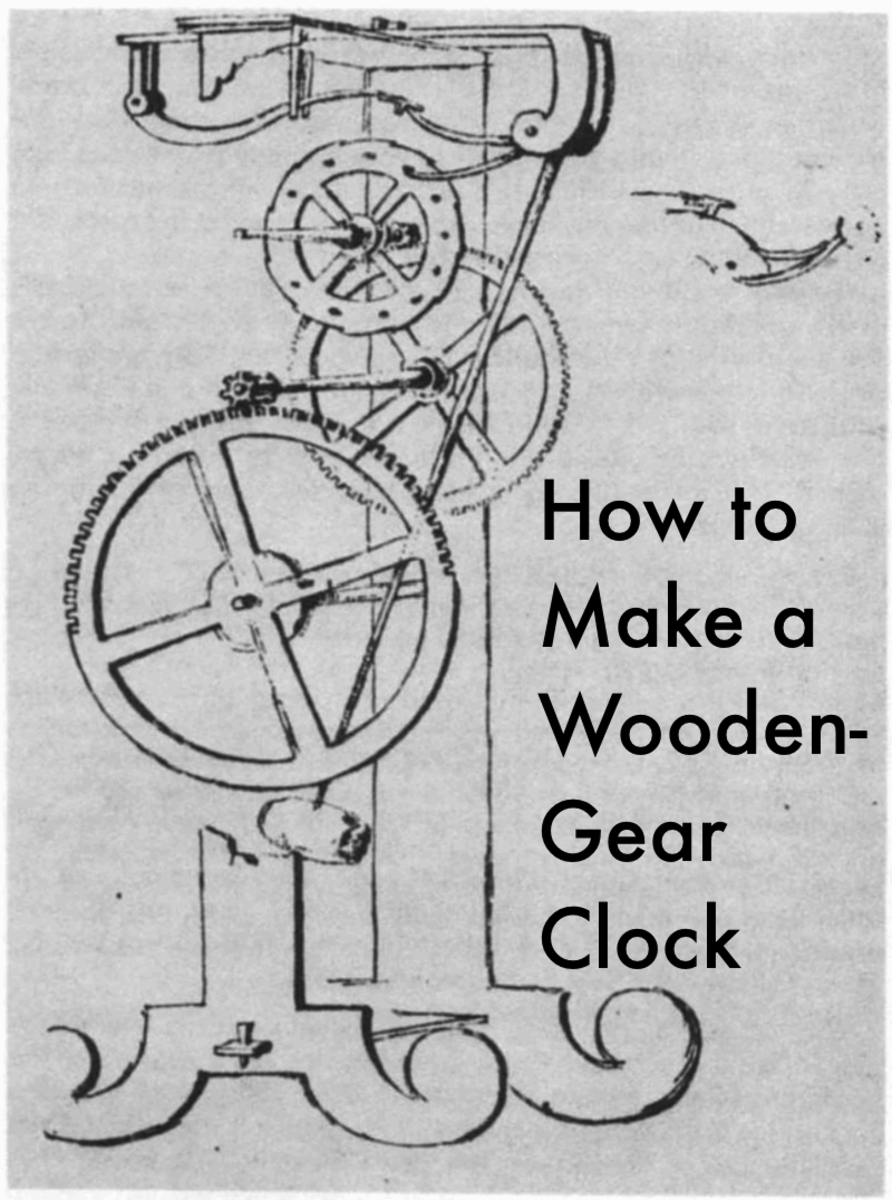How To Buy Astronomical Binoculars

A great tool to invest in for anyone interested in the night sky is a binocular. A binocular gathers more light than the naked eye and they magnify the view therefore allowing you to see more and in greater details.
Below are some basics that you need to know if you have already decided to invest in any astronomical binoculars.

Aperture Size
The first point is aperture which is considered to be the most important binocular specification. Aperture is the diameter of the front lenses. The larger the diameter, the brighter the images as it collects more light with a larger diameter.
Astronomical binoculars should have a diameter of at least 40mm (millimeters). A binocular with aperture of smaller than 40mm is good enough for daytime viewing. However it would not be good enough to gather enough light for a good view of night sky objects.
The aperture value of the binocular can be determined by looking at the following numbers that are printed on the binoculars. The numbers will be in the following format: 7x50 or 10x50. The second number, ie 50 refers to the aperture diameter in millimeters. A 50mm diameter binocular can gather 2 times as much light than a 35 mm diameter binocular.
Binoculars for Astronomy Under $100
Magnification
Another key information to know is magnification. This can be gathered from the numbers is the magnification. From the example 7x35 or 10x50, the first numbers represent the magnification. It is generally an accepted recommendation that astronomical binoculars have at least 7 times magnification. The highest magnification recommended for hand held binoculars is 10x. If magnification exceeds 10x, than the user will not be able to hold the binocular steady enough to get a sharp image. Furthermore at higher magnification the binoculars will be heavier. Thus in this case, such binoculars will be required to be mounted on a tripod to get a steady and sharp image.
Exit Pupil
Exit pupil is another key specification to know when buying astronomical binoculars. This is the diameter of light that exit the binocular eyepiece. Exit pupil can be calculated by dividing the aperture diameter with the magnification. For example a 7x50 binoculars will have an exit pupil of about 7mm (50/7=7mm++).
In the dark, the human eyes will naturally adapt to the darkness by dilating. By matching the exit pupil with the pupil size of dilated eye, the user benefit by seeing a brightest possible image. However there is one point to take note of and that is as a person gets older, the dilated pupil reduces. This prevents the person of taking the full advantage of binoculars with larger exit pupil. This means that if the exit pupil of the binocular is larger than the pupil six of the user, some of the light from the object will not get into the eyes and the images will not be as bright as it should be. The table below shows the estimated pupil size of a dilated eye with a person age.
Below 30 years – 7mm
Between 30 to 40 years – 6mm
40 years and older – 5mm
Field Of View
Another specification is the field of view of a binocular. Most binoculars have a field of view o 6 to 7 degrees and for higher power this is reduced to 3 to 5 degrees. A larger field of view allows you to see more area and vice versa. The field of view of the binocular is stamped onto the binocular like the magnification and aperture values. Sometimes it is a certain number of feet at 1,000 yards (for example, 372 feet at 1,000 yards). To convert feet at 1,000 yards into degrees, divide the number of feet by 52.5 (e.g. 372/52.5 = 7.0 Degrees).

Binoculars Design
Now we come to the types of binocular designs. Inside a binocular contain an arrangement of prisms to reflect light internally so that the final image seen is right-side up.
There are two types of prism arrangement roof and porro. See photos on the right to tell which types of prism arrangement.
Generally, roof-prism have straight barrels and thus are compact but cost more. On the other hand porro prism has a zigzag arrangement making them wider and bulkier.
However for astronomy, porro prism is recommended as the image produced is sharper than roof prism binoculars. Further more they cost less than comparable roof prism.
Optics
Another thing to note is the type of glass used to make the prism.
Bak-4 glass is the preferred glass for a porro prism and will give brighter and sharper images than lower cost BK7 prisms. Generally, all but the cheapest astronomy binoculars will have the superior Bak-4 glass. Finally go for coated optics and don’t settle for anything less than an FMC (fully multi-coated) binocular for astronomy. Coated optics like the lens and prism produces brighter images and better contrast.
Focusing Mechanism
Finally, a note on the type focusing mechanism and how it works. A majority of binoculars will have a central knob that moves both eyepieces at the same time. Then there is one single eyepiece that can be individually focused. To use the binoculars, first use the central knob to focus the eye piece that can not be individually focused. When this is done, then proceed with the eyepiece that can be focused individually. This design proved to be more convenient when the binoculars are shared and need to be passed around.
Well the above are the basics that should equipped anyone with enough information when buying binoculars for astronomy.
Related Astronomy with Binoculars Links
- Getting Started in Amateur Astronomy With Binoculars
One misconception is that one needs to have a telescope to get started in amateur astronomy. Actually, you do not need a telescope to get started. In fact if people just rushed and buy any telescope it could...









